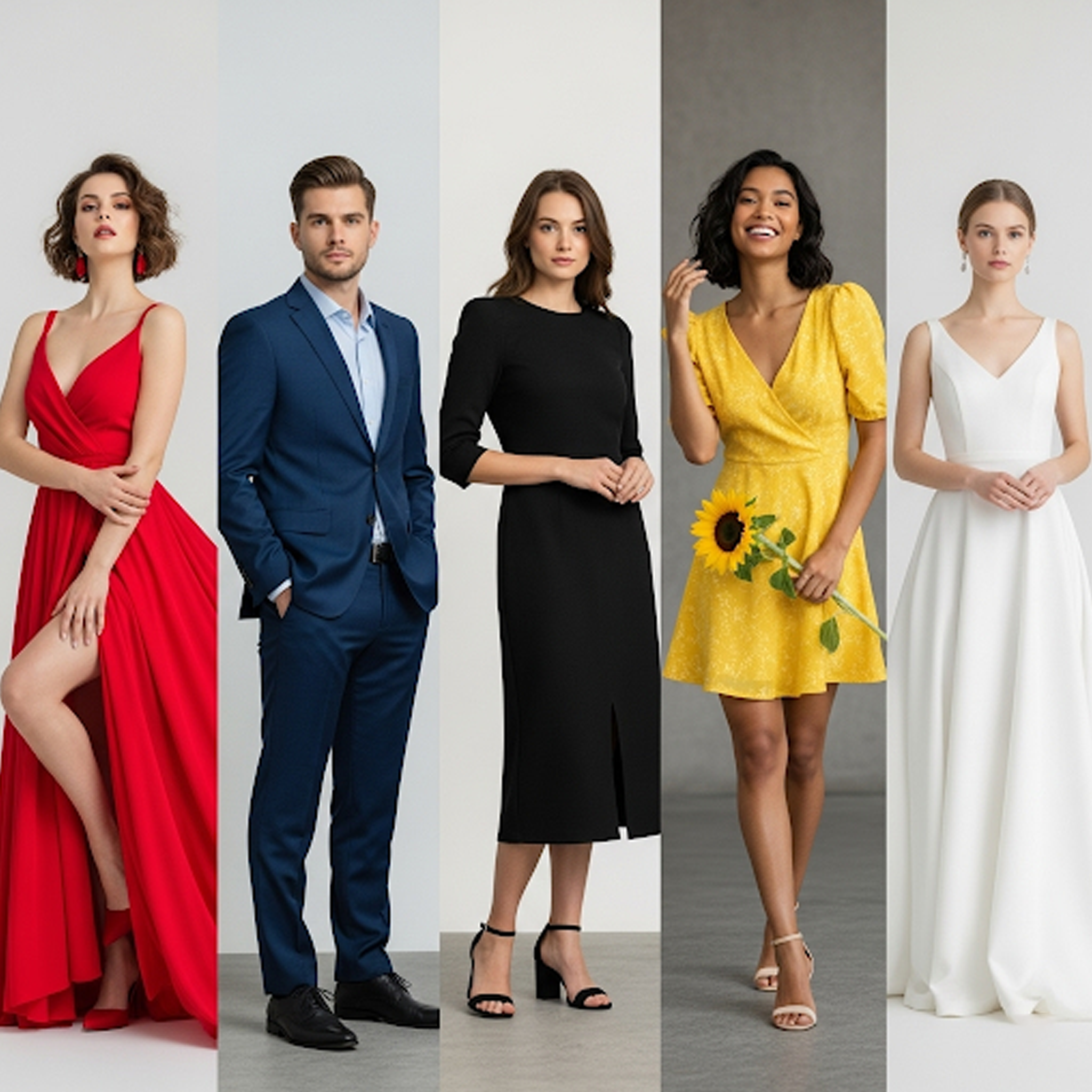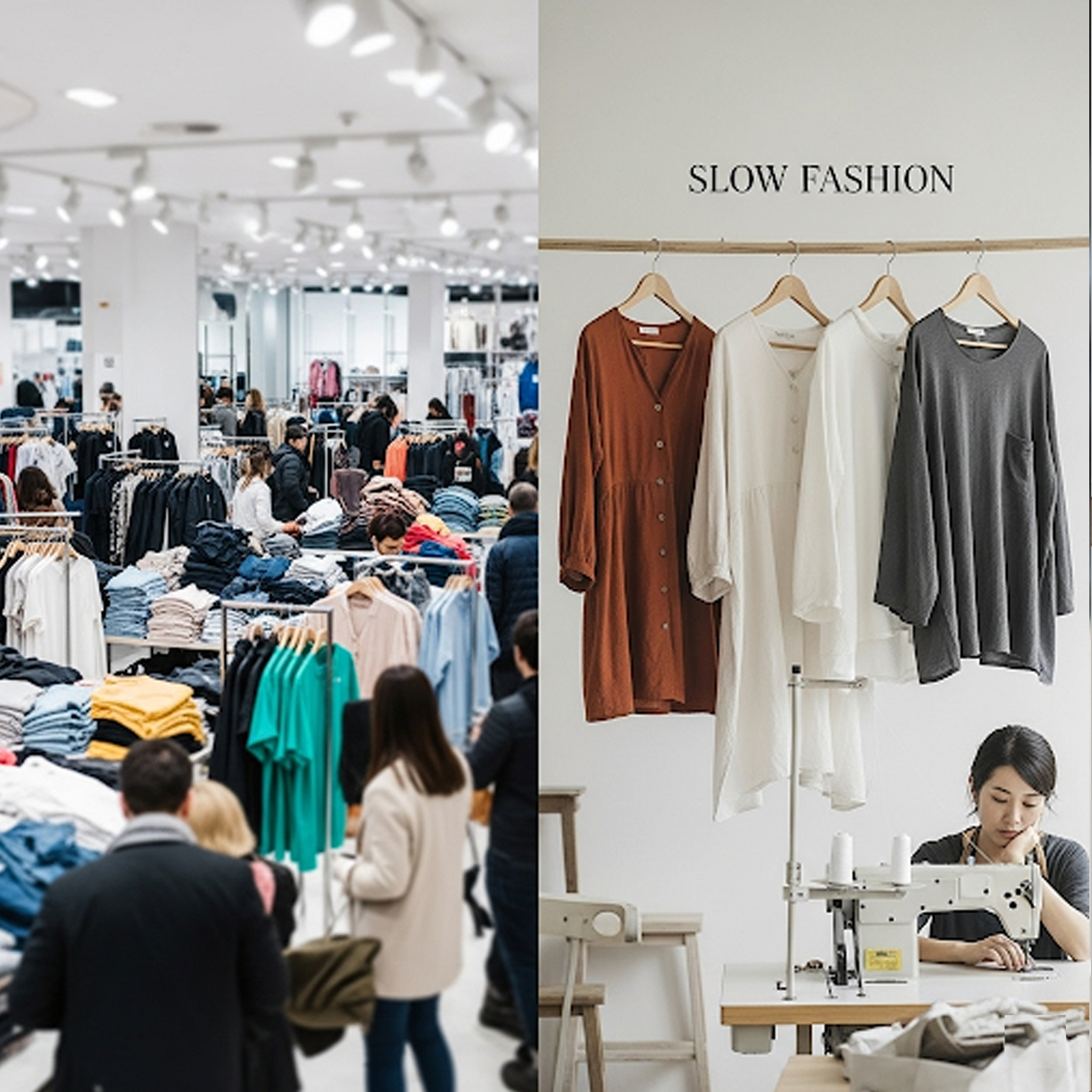No products in the cart.: $0.00
The Psychology of Color in Fashion: What Your Clothes Say About You

Beyond trends and silhouettes, the colors we choose to wear hold a powerful psychological significance. Our clothing choices, particularly the colors we gravitate towards, can influence not only how others perceive us but also how we feel about ourselves. Understanding the psychology of color in fashion can be a valuable tool for expressing our intentions, projecting a certain image, and even boosting our mood.
Each color carries a range of associations and evokes different emotions. Red, for instance, is often associated with passion, energy, and power. Wearing red can make you feel more confident and assertive, and it tends to draw attention. It’s a bold choice that can signal enthusiasm and a desire to stand out. However, depending on the context and the overall outfit, red can also be perceived as aggressive or overly dominant.
Blue, on the other hand, is often linked to calmness, trust, and stability. It’s a versatile color that can convey a sense of professionalism and reliability. Different shades of blue can evoke different feelings; navy blue is often seen as authoritative, while lighter blues can feel more serene and approachable. Blue is a popular choice for business attire and everyday wear due to its calming and trustworthy connotations.
Yellow is the color of sunshine, optimism, and joy. Wearing yellow can uplift your spirits and project a sense of happiness and energy. It’s often associated with creativity and intellect. However, it’s a color that can be overwhelming if not used carefully, and certain shades might be perceived differently across cultures.
Green is strongly connected to nature, growth, and harmony. It can evoke feelings of peace, balance, and renewal. Green is also increasingly associated with sustainability and environmental awareness. Different shades of green can range from earthy and grounding to vibrant and refreshing.
Purple has long been associated with royalty, luxury, and spirituality. It can convey a sense of creativity, wisdom, and independence. Lighter shades of purple, like lavender, can feel more delicate and romantic, while deeper purples can project sophistication and mystery.
Black is often seen as sophisticated, powerful, and elegant. It can also convey a sense of mystery and formality. Black is a classic choice for evening wear and can create a slimming effect. However, wearing too much black can sometimes be perceived as somber or intimidating.
White is associated with purity, cleanliness, and new beginnings. It can create a fresh and airy feel. White is a popular choice for summer and can also be used to create a minimalist and sophisticated look. However, it can also be seen as stark or clinical in certain contexts.
Neutral colors like gray, beige, and brown provide a versatile backdrop for other colors and can convey a sense of practicality, dependability, and sophistication. They are often seen as understated and can be easily incorporated into various outfits.
The psychology of color in fashion extends beyond individual garments to the way we combine colors in an outfit. Color blocking, for example, using bold contrasting colors, can create a striking and confident look. Monochromatic outfits, using different shades of the same color, can appear sophisticated and elongated. The way we pair colors can influence the overall message and feeling of our attire.
Furthermore, cultural associations with color can also play a significant role in how our clothing is perceived. For example, white is traditionally associated with mourning in some Eastern cultures, while it symbolizes purity in many Western cultures. Being aware of these cultural nuances can be important, especially in international contexts.
Our personal preferences for certain colors are often influenced by our individual experiences, personality, and mood. We might gravitate towards colors that make us feel happy, confident, or comfortable. Paying attention to the colors we are drawn to can provide insights into our inner state and help us make more intentional choices about our wardrobe.
Ultimately, the psychology of color in fashion is a complex interplay of cultural associations, emotional responses, and personal preferences. By understanding the messages that different colors convey, we can use our clothing to communicate more effectively, project the image we desire, and even influence our own mood and confidence. Whether we consciously consider it or not, the colors we choose to wear speak volumes about who we are and how we want to be perceived by the world.



